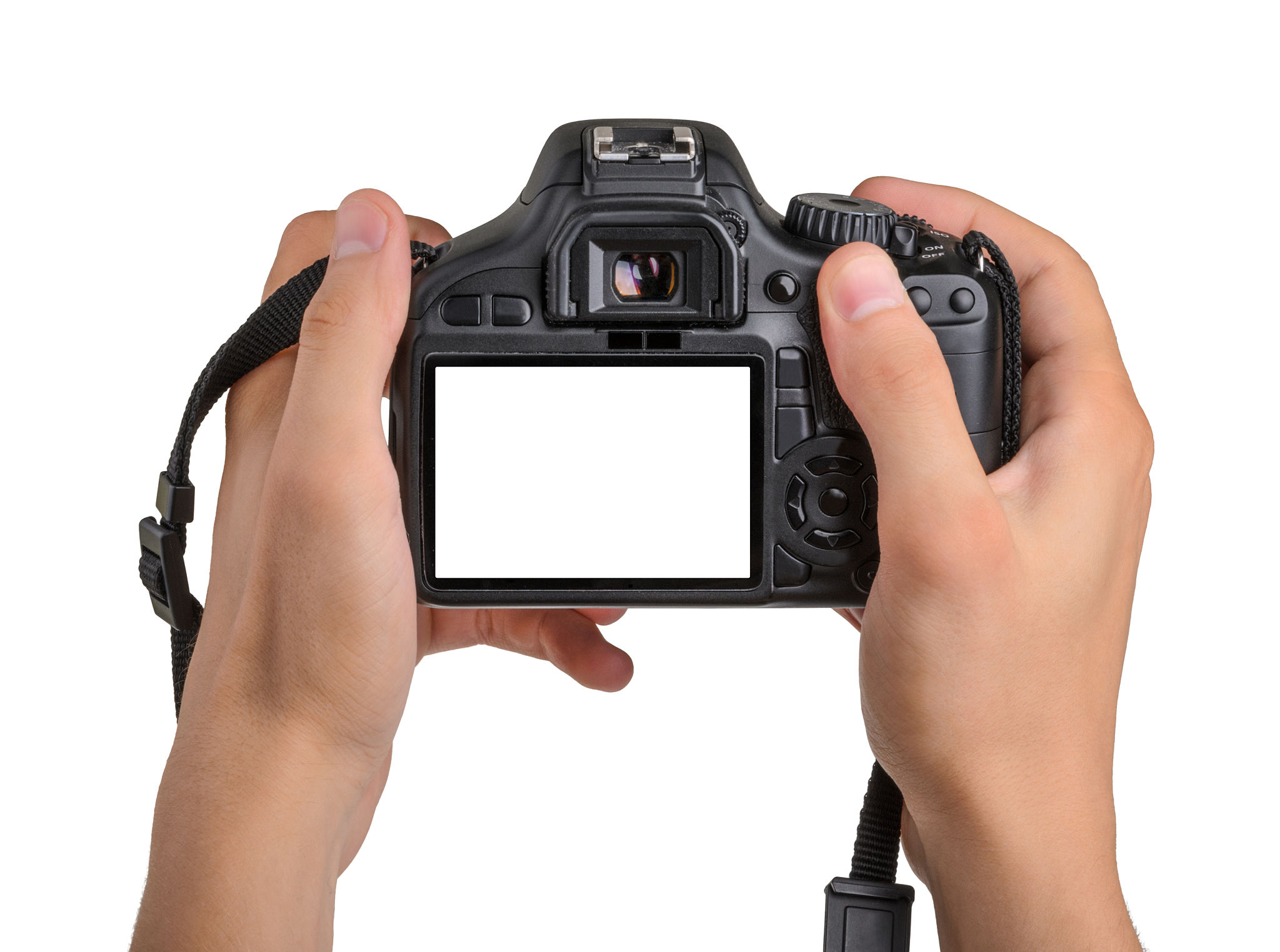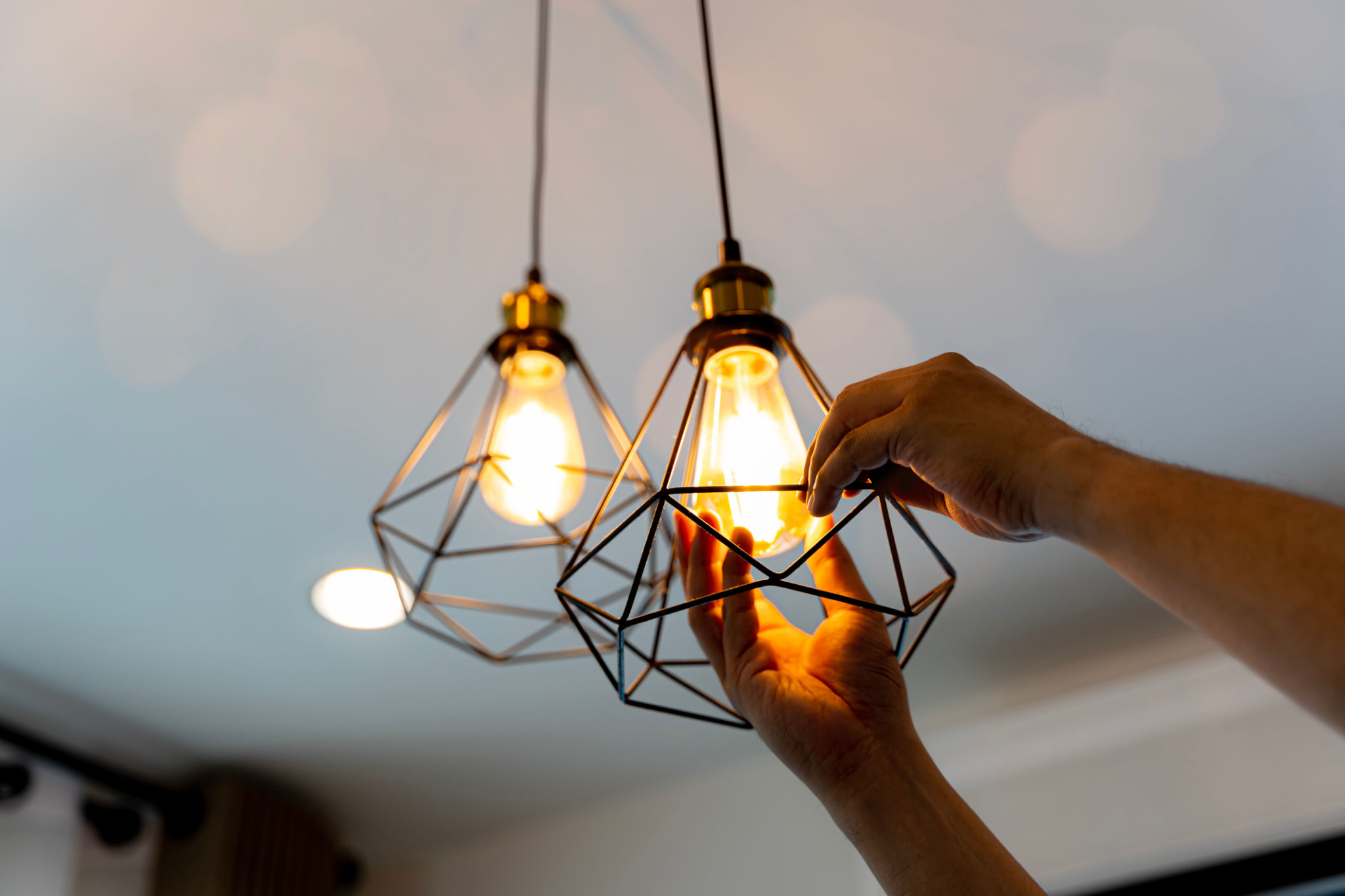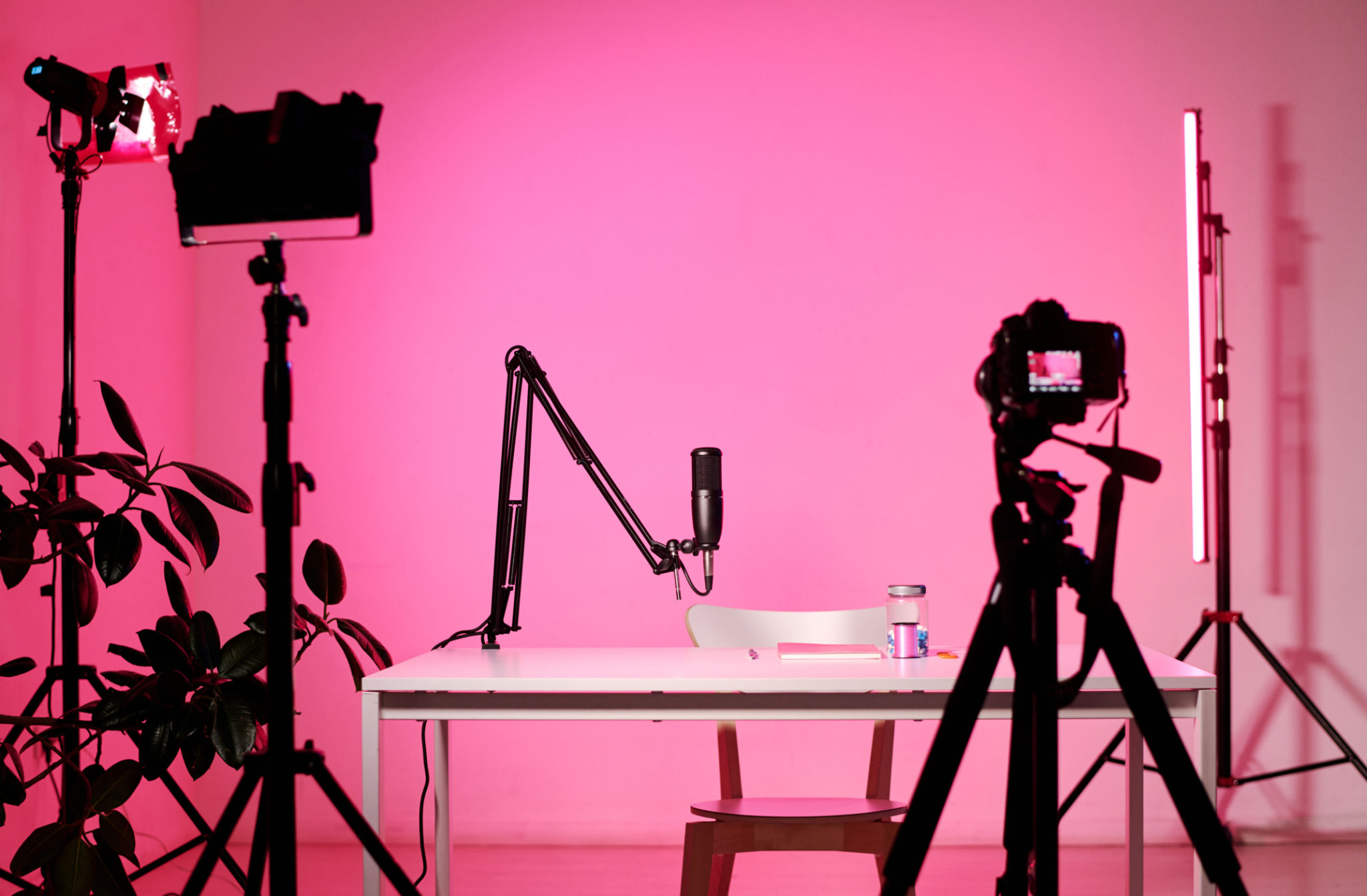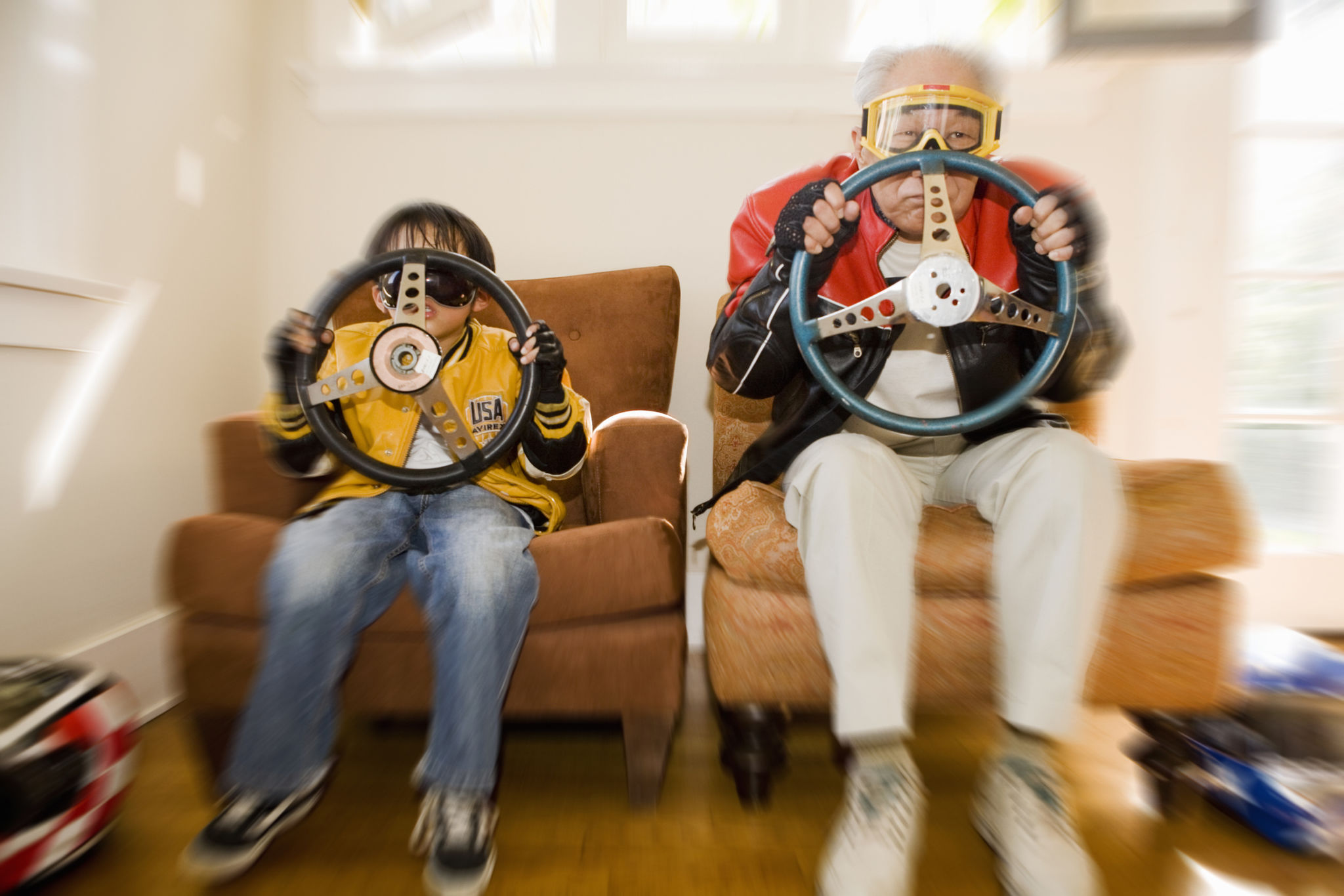DIY Photography Tips: How to Achieve Professional Results at Home
Understanding Your Equipment
Getting started with DIY photography at home requires a basic understanding of your equipment. Whether you own a DSLR camera, a mirrorless setup, or just a smartphone, knowing how to utilize its features is essential. Spend some time reading the manual and exploring the settings. Understanding exposure, ISO, and aperture can make a significant difference in your photos.

Choosing the Right Lens
The lens you use can greatly affect the outcome of your photos. If you have interchangeable lenses, experiment with different focal lengths to see what works best for your subject. For portraits, a 50mm lens often provides a pleasing depth of field, while a wide-angle lens is ideal for landscapes and architecture. Don't be afraid to play around with what you have.
Mastering Lighting Techniques
Lighting is a critical aspect of photography. Natural light is your best friend when shooting at home. Position your subject near a window for soft, diffused lighting. If natural light isn't available, consider investing in a simple LED light or ring light to mimic daylight conditions. Using reflectors or white sheets can help bounce light and reduce shadows.

Experimenting with Angles
One of the simplest ways to improve your photography is by changing your perspective. Try shooting from different angles: get low to the ground, shoot from above, or explore side profiles. Changing your viewpoint can add interest and depth to your images and help you develop a unique style.
Creating a Simple Home Studio
You don't need a lot of space or money to set up a home studio. A plain wall or a large piece of fabric can serve as a backdrop. Use household items like lamps for lighting and get creative with props you already own. The key is to create an environment where you can control the elements of your shot.

Post-Processing Like a Pro
Editing is where the magic happens. Use software like Adobe Lightroom or free apps such as Snapseed to enhance your photos. Focus on adjusting exposure, contrast, and saturation to bring out the best in your images. Be careful not to over-edit; subtlety is key to maintaining a professional look.
Practicing Consistently
The best way to improve your photography skills is through consistent practice. Set aside time each week to shoot different subjects and experiment with new techniques. Over time, you'll notice improvements in your composition, lighting, and overall style.

Joining Online Communities
Joining photography forums or social media groups can provide valuable feedback and inspiration. Engage with other enthusiasts to share tips, ask questions, and participate in challenges. This community support can accelerate your learning process and motivate you to keep improving.
By following these DIY photography tips, you can achieve professional-looking results right from the comfort of your home. Remember that the key is practice and experimentation, so don't be afraid to try new things and make mistakes along the way. Happy shooting!
